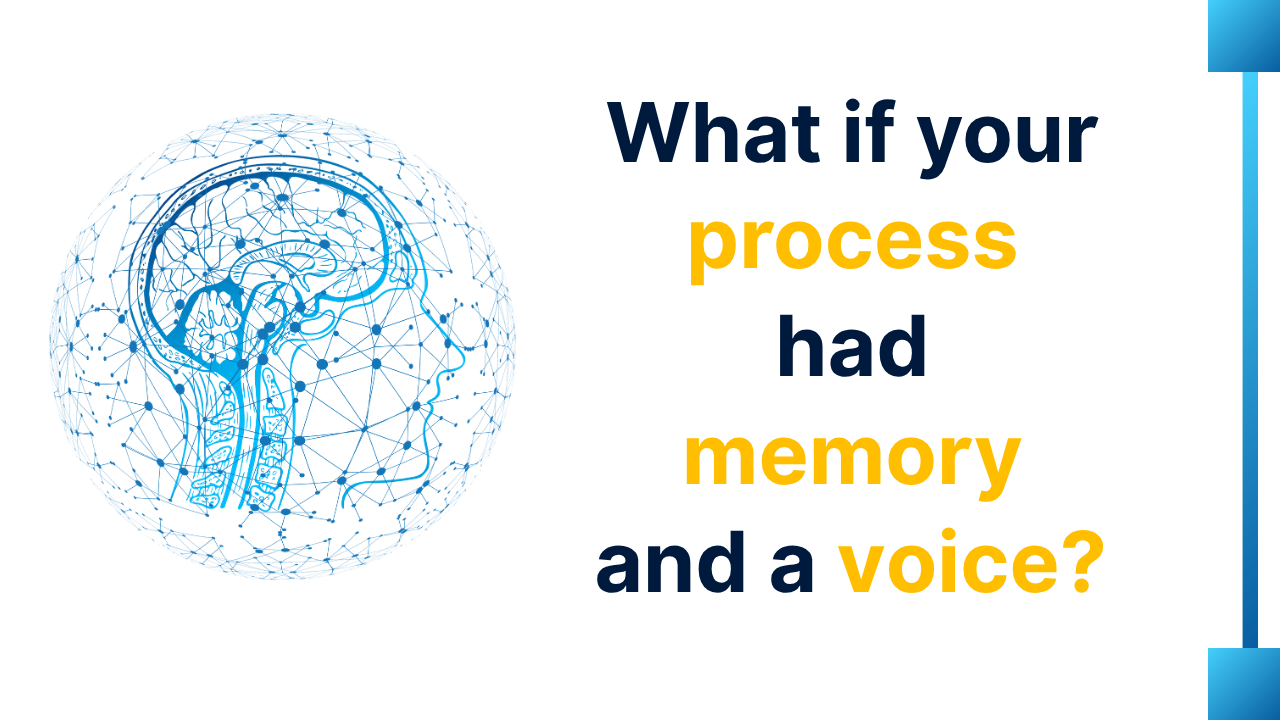
Most SOPs are born out of good intent and die out of irrelevance. They are written once, stored somewhere, and slowly become tools that are forgotten.
What is the real problem? It’s just that we treat SOPs like static checklists. But processes are not static. They keep evolving, and so should the documentation that supports them.
From “Write Once” to “Always Listening”
SOPs become sustainable when moved from static to self-evolving by embedding feedback loops using logs, versioning, and review triggers to evolve autonomously.
Four Anchors to Make SOPs Smarter
Here’s how to design processes that evolve without adding unnecessary complexity:
1. Harvest Event Logs for Bottleneck Alerts: Most tools already capture timestamped logs like delays, retries, escalations. Instead of reviewing these only during post-mortems, you can surface them weekly. Highlight friction points and annotate them directly into the SOP. In this way, you keep a track of what is really happening.
2. Build a Versioned SOP Wiki with Change History: Leave aside the scattered PDFs. Instead, build a living document tagged by process owner, last updated, and rationale for change. When updates are visible and contextual, people tend to follow them. This helps you to reduce ambiguity and increase trust.
3. Run a “Kill-or-Keep” Review Ritual Every Quarter: You cannot expect everything to evolve. Sometimes some steps need to be removed (even plants need pruning every season to become better). A quarterly 45-minute session is often enough to ask: “Is this step still needed? Who still uses this path? Can this be simplified?” So, it is not about reinventing. It’s about clarity.
4. Use Process Mining Dashboards and Low-Code Triggers: Connect your tools so that they talk to each other. When something breaks, let the system catch it, alert the right person, and flag it for review. You don’t have to scramble or backtrack. You gain consistent, real-time visibility into what’s working and what’s not — so execution and documentation stay seamlessly aligned, without manual effort.
You turn hindsight into real-time learning.
How It Helps
As companies scale, SOPs often grow heavier but not necessarily smarter. This leads to:
- Overhead in onboarding
- Inconsistent execution
- Ops teams acting as “process translators”
When your process starts learning from itself, you stop firefighting and start compounding insight. Documentation stops being a lagging artifact. It becomes part of the operational intelligence.
Not More Process but Better Process
You don’t need to add more layers. You only need to design with memory, feedback, and adaptability.
You need to reflect on:
- Which SOP has caused the most confusion in the last 90 days?
- Where does your checklist not reflect real behavior?
- What tool or ritual can close that feedback loop?
Sometimes, the smallest updates if done consistently can turn into the most scalable leverage.
Because good processes teach. But great processes learn.
#OpsThatScale #ProcessDesign #DigitalTransformation #LearningOrganizations #ExecutionMatters


